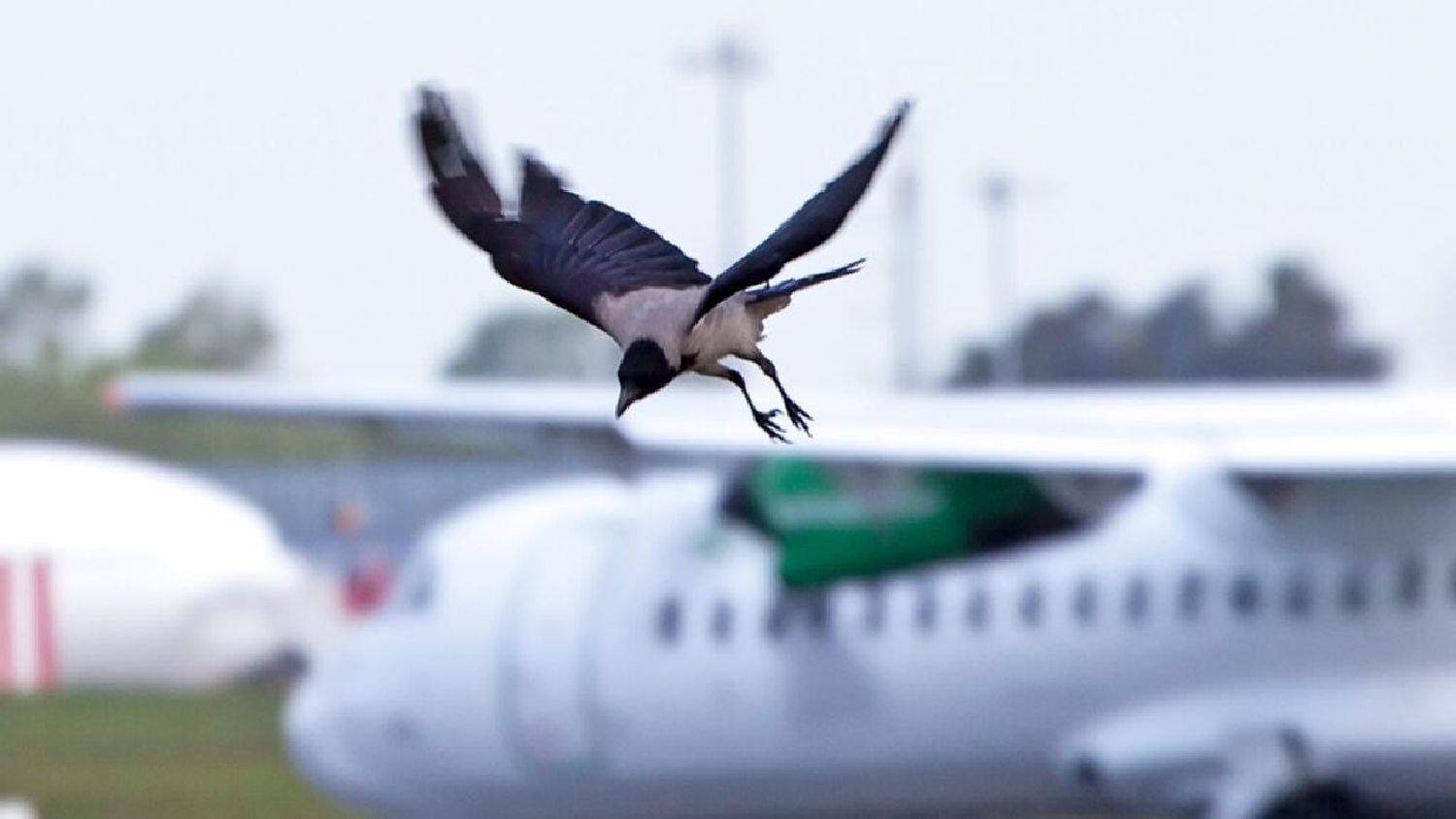Brazil unveils innovative project to reduce aircraft collisions with birds and other animals
Brazil’s National Civil Aviation Secretariat (SAC), under the Ministry of Ports and Airports (MPor), hosted a seminar this Wednesday (April 2) featuring international experts to share strategies for preventing wildlife-aircraft collisions during takeoff and landing operations.
Recognized globally as a leader in this field, Brazil presented an initiative developed in partnership with the Federal University of Santa Catarina (UFSC) that uses DNA analysis to identify the species involved in such incidents. This technique enables more targeted and effective risk mitigation measures.
According to Aeroin, since April 2023, the project has processed hundreds of biological samples, identifying dozens of bird and bat species. Among the most frequently detected are the spotted-wing pigeon, southern lapwing, black vulture, big brown bat, and the caracara.
Estimates suggest that only one-third of wildlife strikes are officially reported. International research indicates that the economic benefits of wildlife risk management outweigh implementation costs by a factor of seven. In Brazil alone, between 2011 and 2020, these incidents caused losses exceeding $75 million, according to the Center for Investigation and Prevention of Aeronautical Accidents (CENIPA). Globally, the financial impact is estimated at around $2 billion annually.
The seminar was livestreamed at 2:30 p.m. via MPor’s official YouTube channel.
Participants included:
- Kyle Horton (Colorado State University), who presented a model using meteorological data to anticipate bird migration patterns.
- Carla Dove (Smithsonian Institution), who highlighted the importance of species identification for more effective wildlife risk management.
- Susan Ellis-Felege (University of North Dakota), who shared research on using automated radiotelemetry to track birds in airport areas.


Comentarios
Para comentar, debés estar registrado
Por favor, iniciá sesión